E-mail marketing services have existed for so long that some believe they have become irrelevant. But the facts tell a different story. According to a recent survey conducted by Constant Contact, 55% of consumers prefer e-mails from businesses they support as a means of communication. This gives it a significant edge over other methods like text messaging or social media platforms.
E-mail campaigning via welcome e-mails, newsletters, promotions, and abandoned cart e-mails has become the norm. The main concern is choosing a platform that suits your business needs. This blog will guide you through finding the E-mail marketing service you need and provide our recommendations.
Table of Contents
Find Your Perfect E-mail Marketing Service
Before we proceed, let’s clear a main point first:
It’s a myth.
There’s no such thing as a perfect e-mail marketing service.
Each platform comes with its pros and cons. It’s all about finding the service that accommodates your needs. But before finalizing your options, it’s essential to consider whether certain factors are met. Those being:
1. Convenience
Ease of use is the most critical priority when using any service or product. And with convenience, it covers the cost. Does the cost justify its functionality? Does the platform provide more and beyond for the price it asks? These two factors should set out a specific platform apart from its competitors.
2. CAN-SPAM Compliance
The CAN-SPAM Act is a law passed in the United States in 2003 that sets the rules for commercial e-mail and establishes requirements for commercial messages. It gives recipients the right to have you stop e-mailing them and hand out tough penalties for violations. If your e-mail violates laws, all the e-mail campaigns you have prepared will go down the drain. A critical feature of a good e-mail marketing solution is alerting you to potential legal breaches, allowing you to address the issue before launching.
3. A/B Testing
It is a trial and error method where you create different variations of the same e-mail, send them out to different customers, and ultimately check which variation leads to a better result. In this case, finding out which e-mail leads to more open and click-through rates.
4. Customer Segmentation
Your e-mail service should allow your customer base to be divided into distinct groups with similar characteristics. This can help you give your customers a tailor-made experience with personalized products, services and marketing strategies.
5. Integrations
Integration with other apps, such as e-commerce platforms like WooCommerce, can be a huge help since it can increase functionality and offer your customers a more bespoke experience. CRM integration creates a single hub where all incoming and outgoing e-mails from customers and prospects are stored and can easily be referred to for correspondence.
6. Other Key Features
There are several other features to look out for in an efficient e-mail marketing platform:-
A visual editor with decent existing templates and accessible customization possibilities guarantees easier e-mail creation regardless of whether you can code. Several other dedicated e-commerce e-mail customization plugins transform your simple e-mails into brand stories, namely ThemeHigh’s E-mail Customizer for WooCommerce.
Automation features such as automated workflows and welcome/transactional e-mails are necessary since it can be nearly impossible to cater to every customer manually.
Signup forms are among the best lead generation methods and must be embedded into your e-mail marketing service.
Top E-Mail Marketing Services in 2024
(In no particular order)
a) Brevo
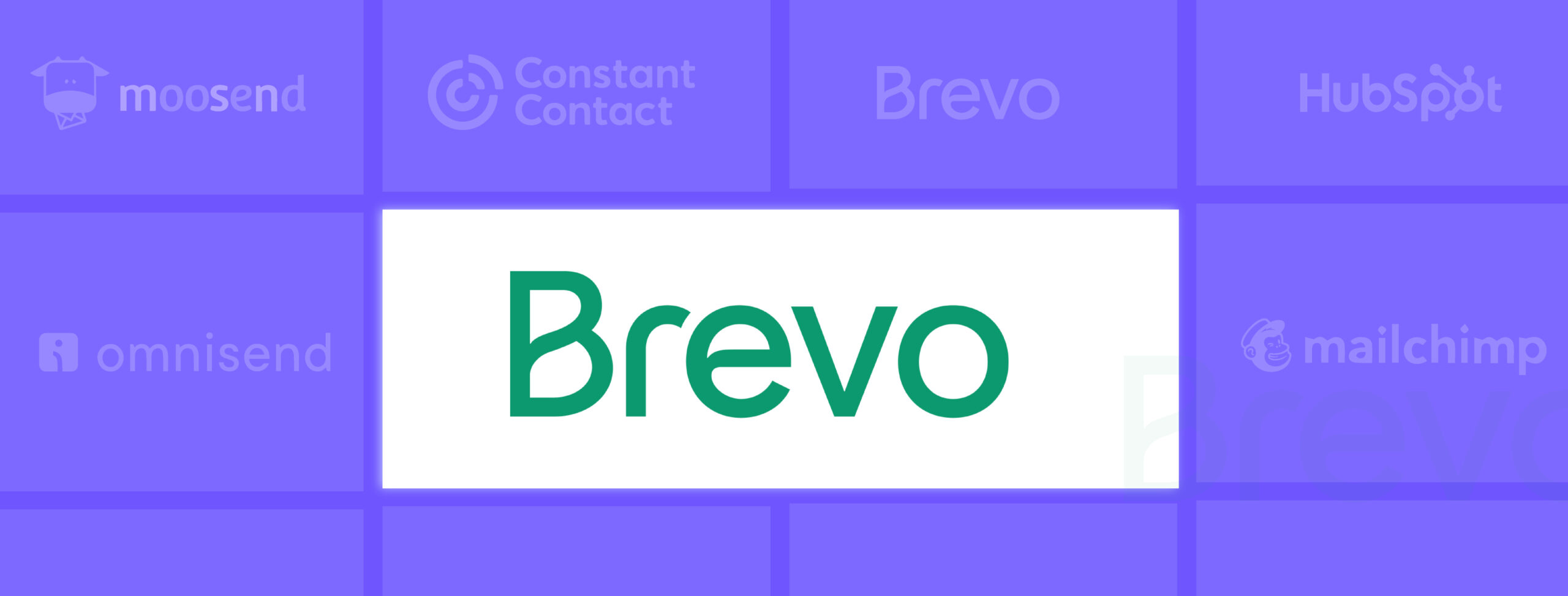
Brevo is a cool e-mail marketing service that you should check out. It has an easy-to-use interface, a vast template library, a great e-mail editor, and the ability to create convenient automation workflows.
Brevo has taken a unique approach to its pricing plans. Instead of the traditional way of creating plans based on contacts, they charge you for the number of e-mails sent. Depending on your needs, this can become a good thing or a drawback. A central issue is the lack of features in the lower-tier plans. For starters, If you’re using the starter plan, you must get an add-on to remove the Brevo logo present in your e-mails. The Landing Page Builder and extensive features in Reporting and Analytics will only be unlocked in the Business Plan, which is much pricier.
b) Constant Contact
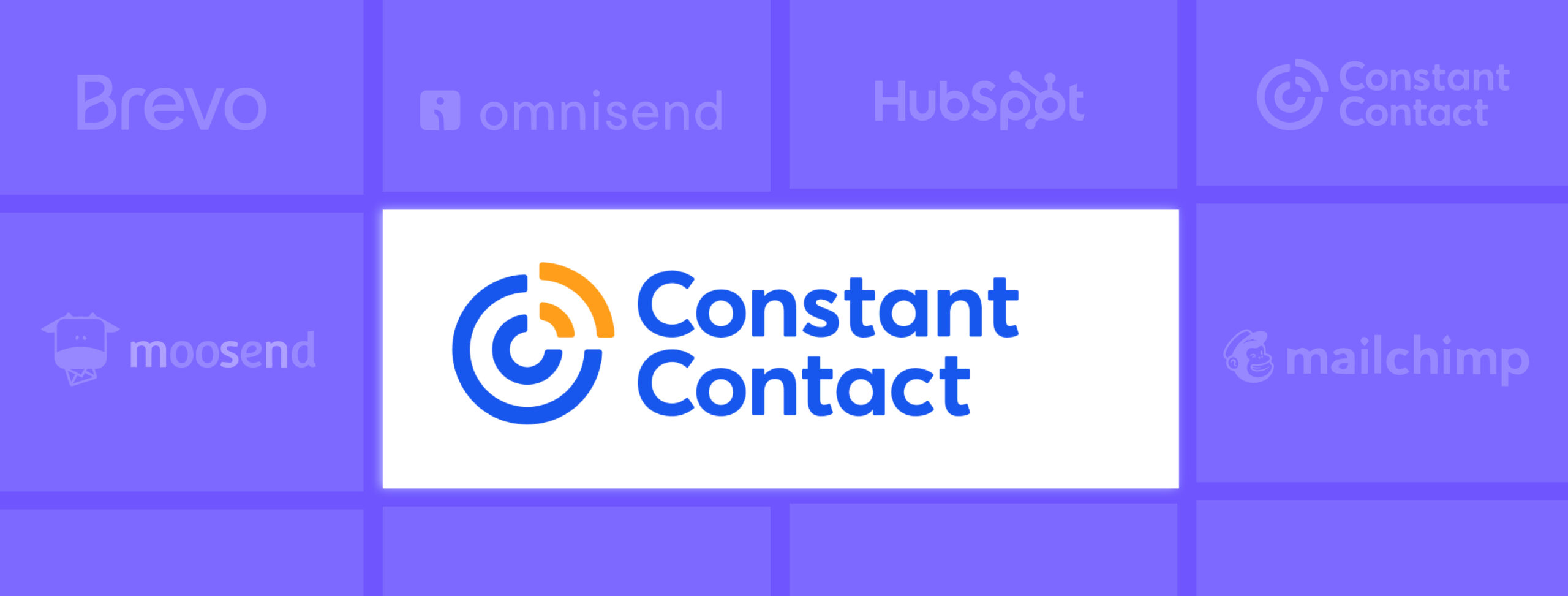
Founded in 1995, Constant Contact is one of the oldest and most popular e-mail marketing services globally. It has several extensive features, and in addition to e-mail marketing software, it offers many solutions, such as lead generation and CRM.
On the positive side, its e-mail marketing platform has been appreciated for its ease of use and massive template library. For beginners with no experience in e-mail marketing or coding, it offers an interface that is easy to understand. Its template library provides a vast selection of templates(more than 200) that can be easily customized for any needs. Excellent customer support is one of the major highlights of the platform. This entails support via call, which is a rarity in the current environment. It is also super useful, and queries are answered quickly. The data and analytics tool has also been commendable; you get important information about your performance and campaigns. Constant Contact has nearly 6,000 integrations available to various CRM and prominent e-commerce platforms, making it expansive and flexible.
The biggest drawback of using Constant Contact is its pricing. If you’re a large business with many customers, most of their plans aren’t affordable compared to their competitors. The automation features are also quite subpar. Even though it has an extensive template library, some designs are poor and outdated. The A/B testing is also limited as it can be used to test e-mail subject lines and cannot be run on e-mail copy, visuals or CTAs.
c) Hubspot

Hubspot is an all-in-one marketing solution consisting of an elaborate CRM software. It includes solutions for all your teams- sales, marketing or customer support. The two hubs- sales and marketing consist of several tools to cater to your different marketing needs. It has been applauded for its excellent UI and UX, describing it as the best in the industry. Hubspot has been widely used due to its free core CRM software.
Its biggest drawback is its most significant achievement- ‘the all-in-one solution’. Using only select features from HubSpot is challenging. It is marketed and used as one platform where all its features must be utilized. Small businesses also take a hit due to their expensive subscription plans when there are cheaper alternatives in the market. Hubspot CRM also exacts a price after every use of its technical assistance. With fewer A/B Testing abilities and harder-to-comprehend reporting, HubSpot can appear less impressive than expected.
d) Moosend
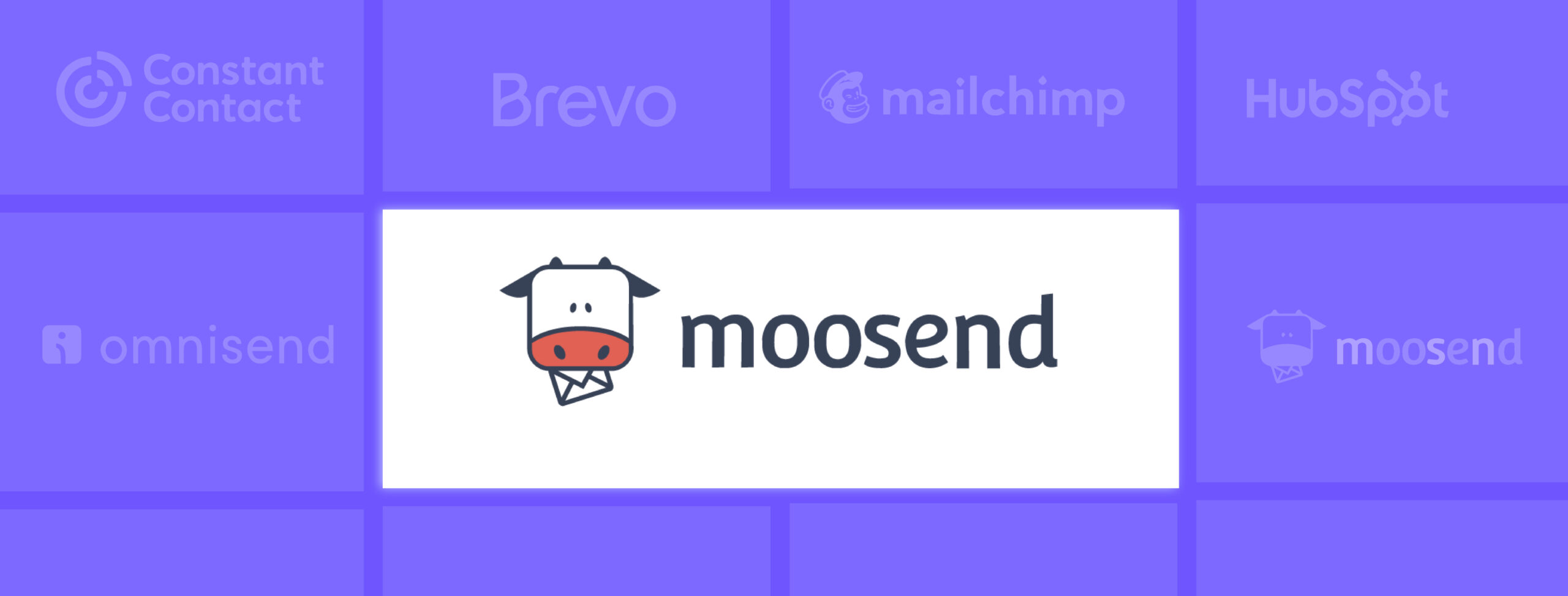
Moosend is another excellent cloud-based e-mail marketing software with marketing automation capabilities. It is mainly used to create newsletters, manage e-mail campaigns and set up automation. In addition to the primary features, it includes landing pages and subscription forms to help you build your list, CRM tools to help you manage your audience and reporting and analytics to track your e-mail campaign performance easily.
Moosend doesn’t have a free-forever plan, which can be a bummer. And if we’re nitpicking, some users have noticed a few glitches in the drag-and-drop editor.
e) MailChimp
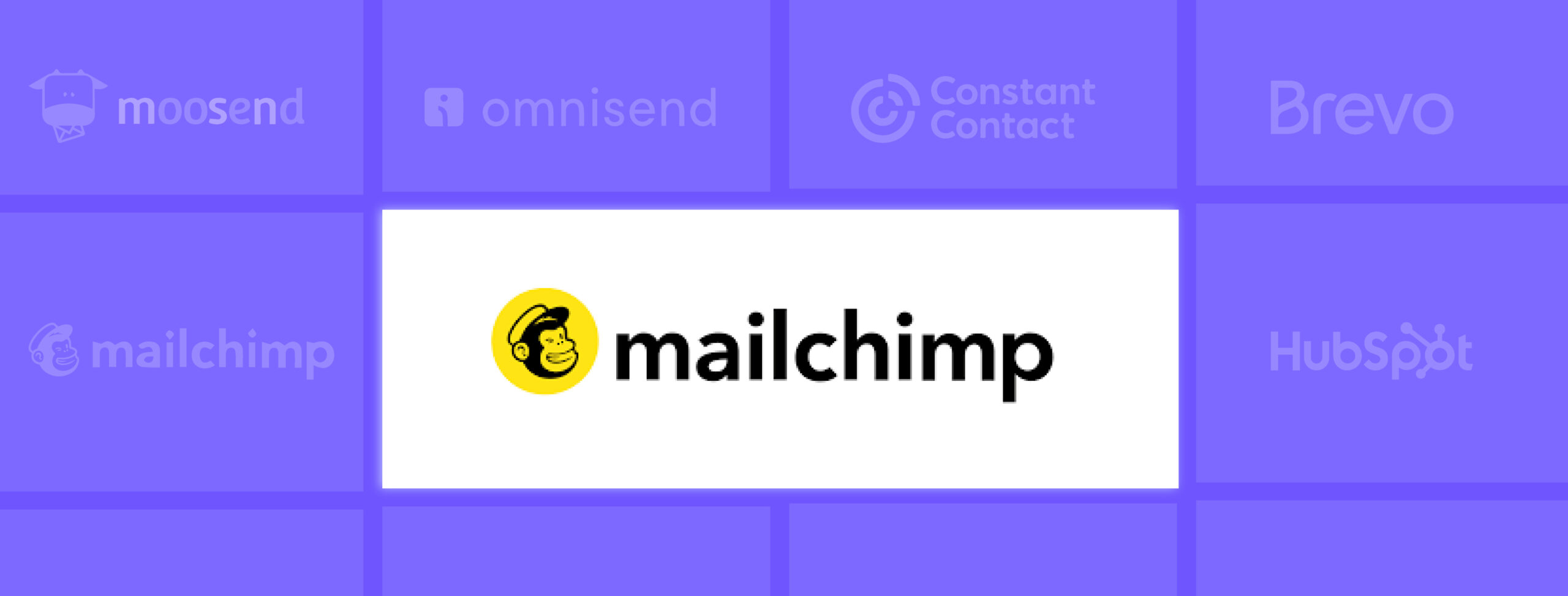
Mailchimp is widely popular due to its groovy aesthetics and memorable monkey logo. It has also recently emerged as one of the best-performing e-mail marketing services.
They have amassed many users with its free plan, which gives you access to most available tools, including its built-in survey maker and landing page builder. Its user-friendly interface, coupled with robust automation capabilities, is valuable. The thorough report that includes clients, geo-tracking, social media and Google Analytics integration is insightful. The large number of integrations and templates is another great advantage.
The lack of customer support(only 30 days) and e-mail scheduling for the ‘free forever plan’ is a big letdown. The high subscription costs and limited e-mail sent with every plan can also be a hindrance. Moreover, Mailchimp is one of the few e-mail marketing services that will charge you even for unsubscribed and inactive contacts in your database.
f) Omnisend

Omnisend, earlier known as Soundset, was founded in 2014 and became one of the top-performing platforms through its impressive e-mail marketing space. It has provided an omnichannel marketing strategy by combining e-mails, social media, SMS, and other channels into a single platform. Omnisend’s centralized dashboard lets you track multiple channels under one roof.
The Enterprise plan is the only plan with unlimited users and e-mails, which is quite expensive. With an average 75.1% e-mail deliverability rate, Omnisend is far below its competitors. So, your e-mails might end up in spam. You can expect significant e-commerce integrations but will be disappointed with the absence of integration with Google Analytics and other major CRM software.
Final Thoughts
As you might have understood, most of these e-mail marketing platforms offer the same resources with some minor setbacks. These complications may or may not bother you based on your requirements. For small businesses just starting in e-mail marketing, most services now offer free-forever plans. This is an open call to begin browsing and expanding your marketing capabilities at no further expense.



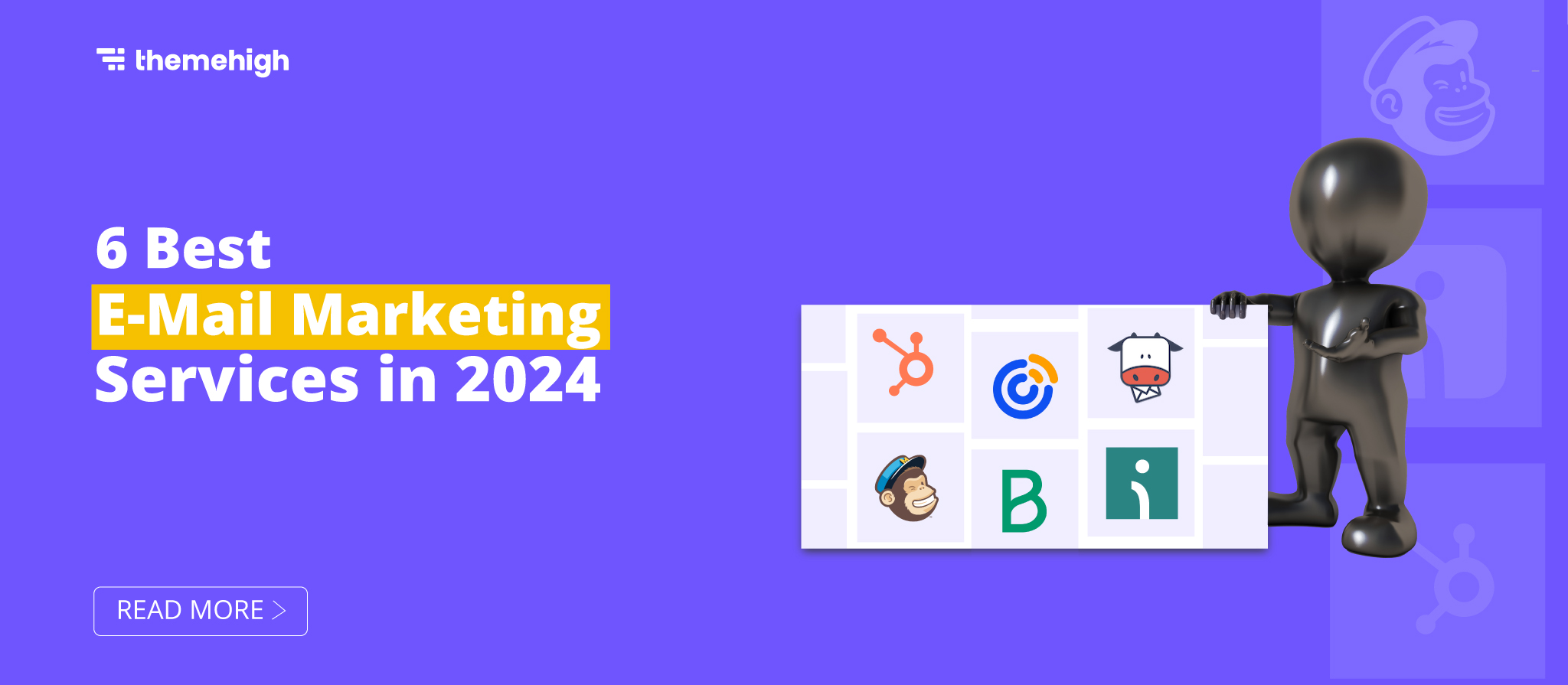
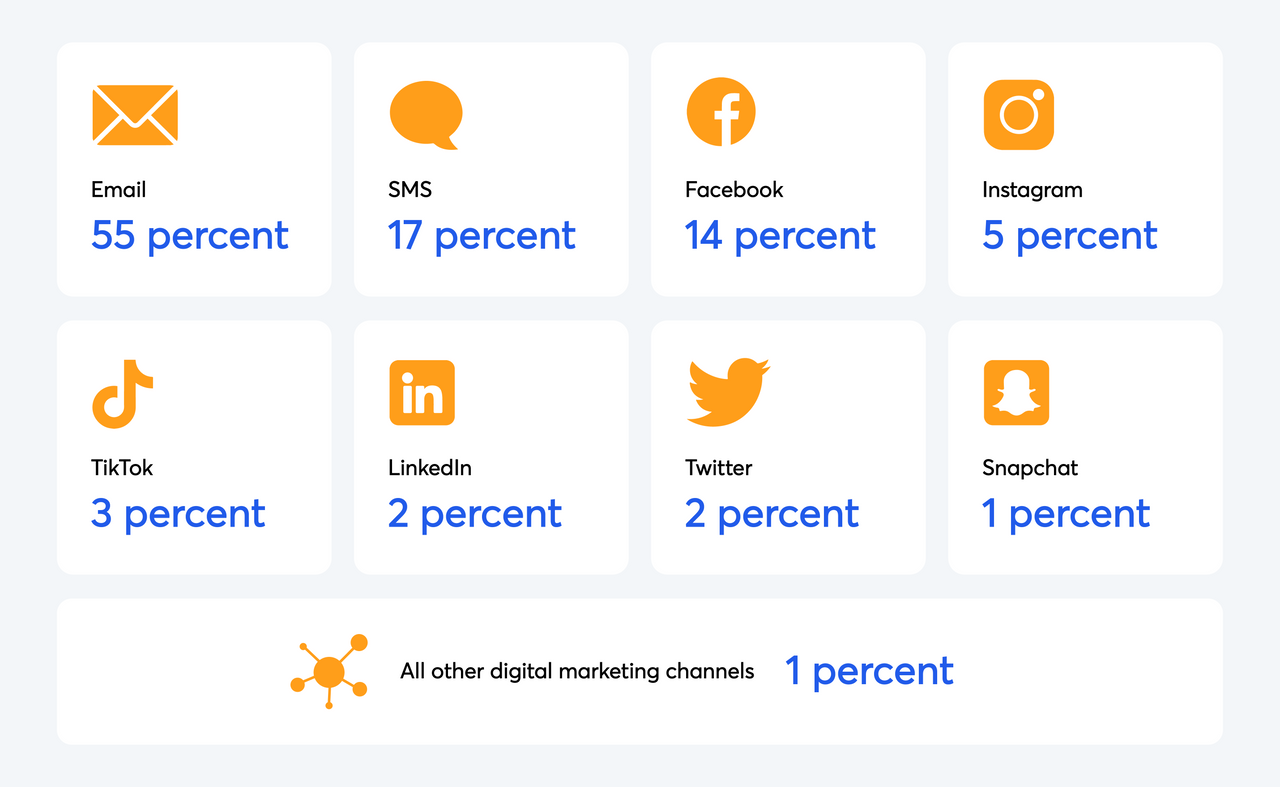

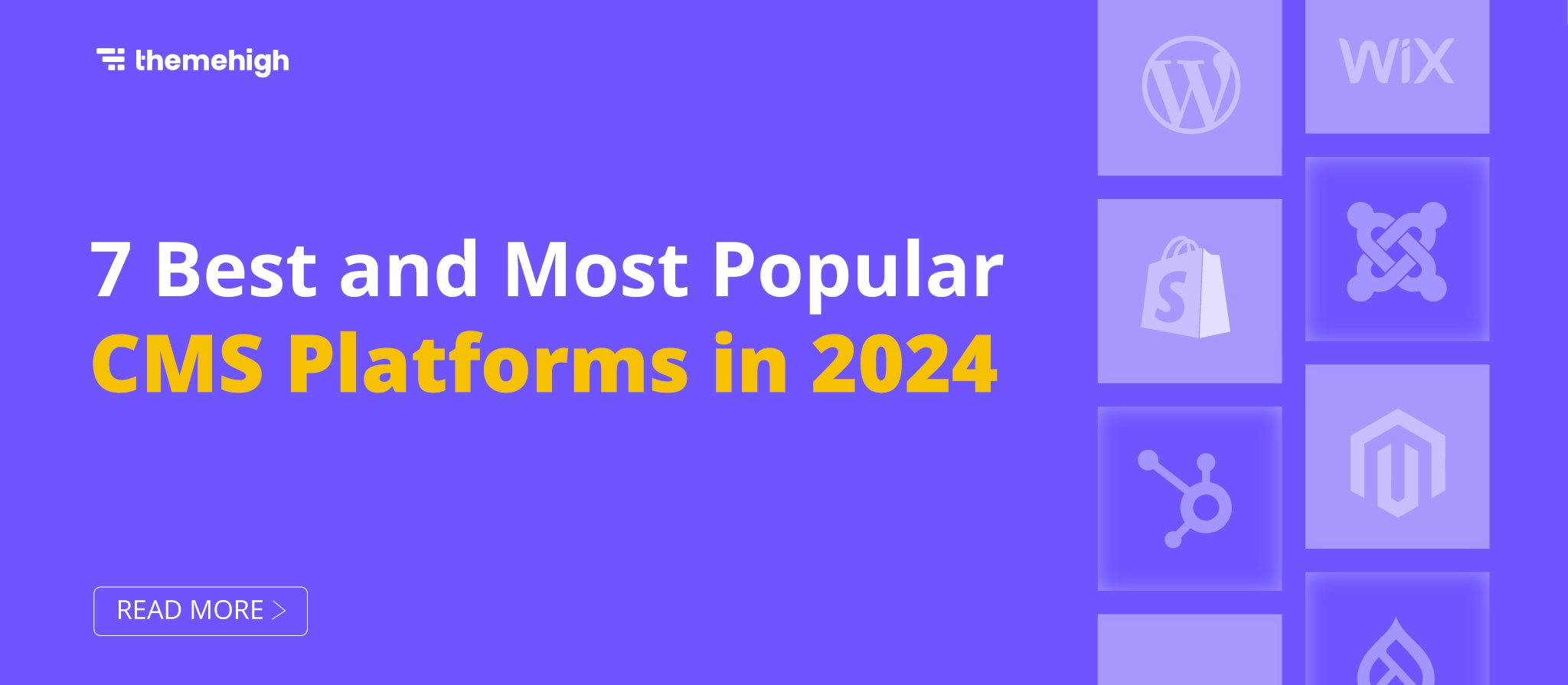

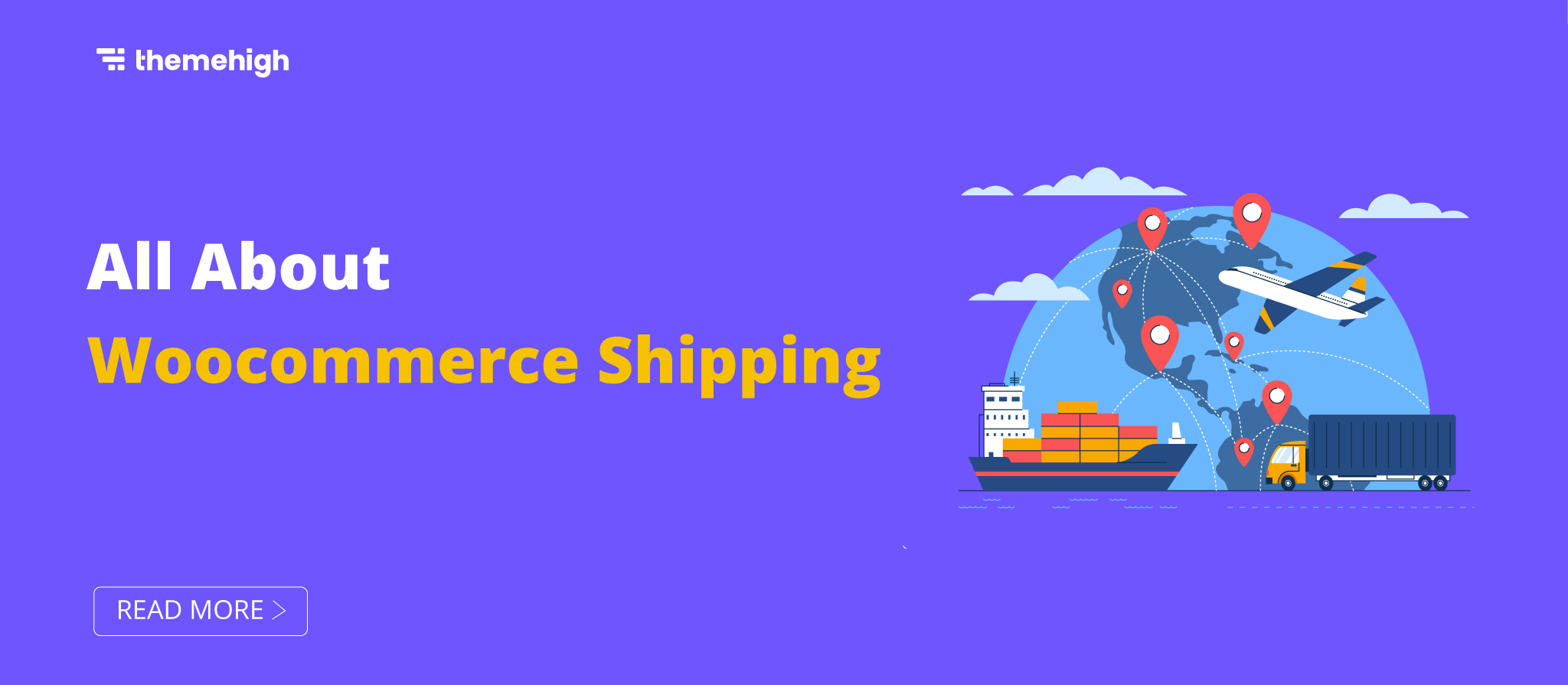


 THANK YOU!
THANK YOU!